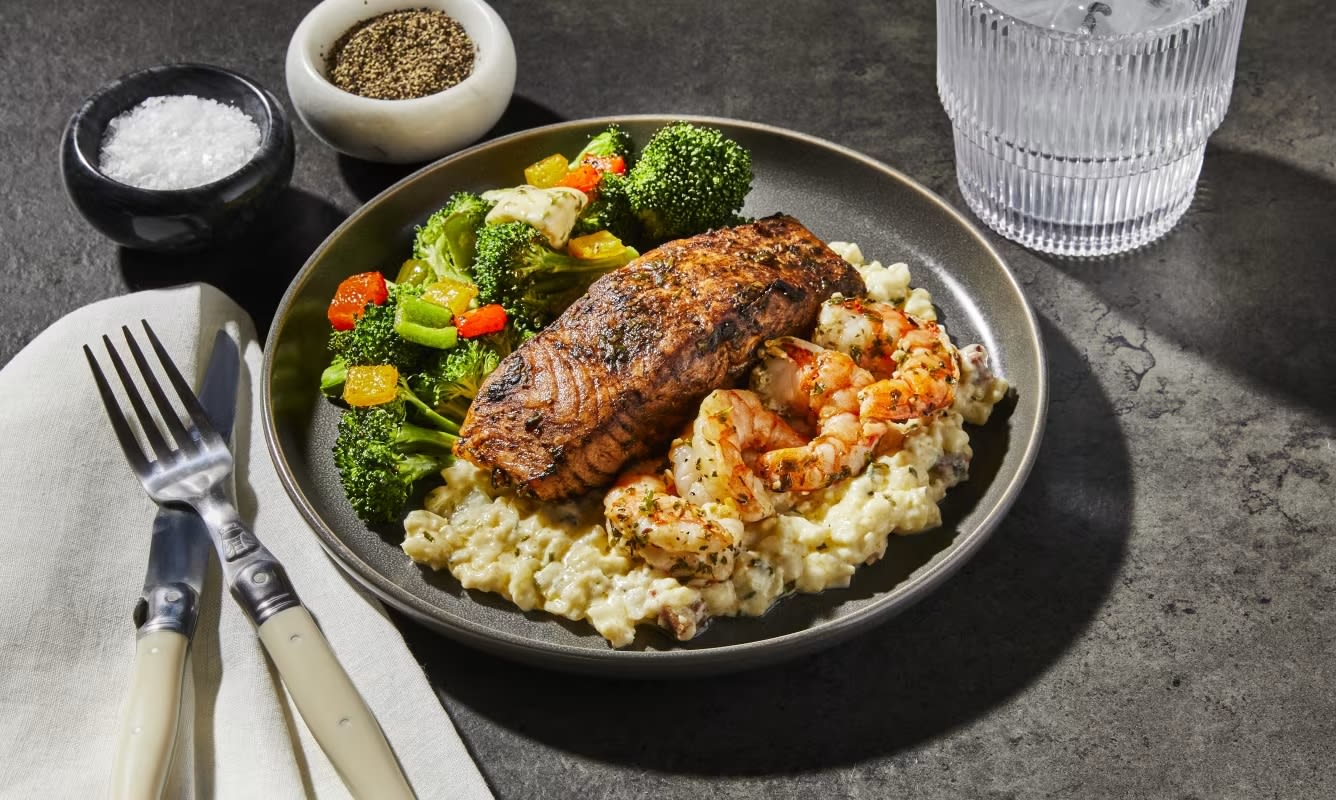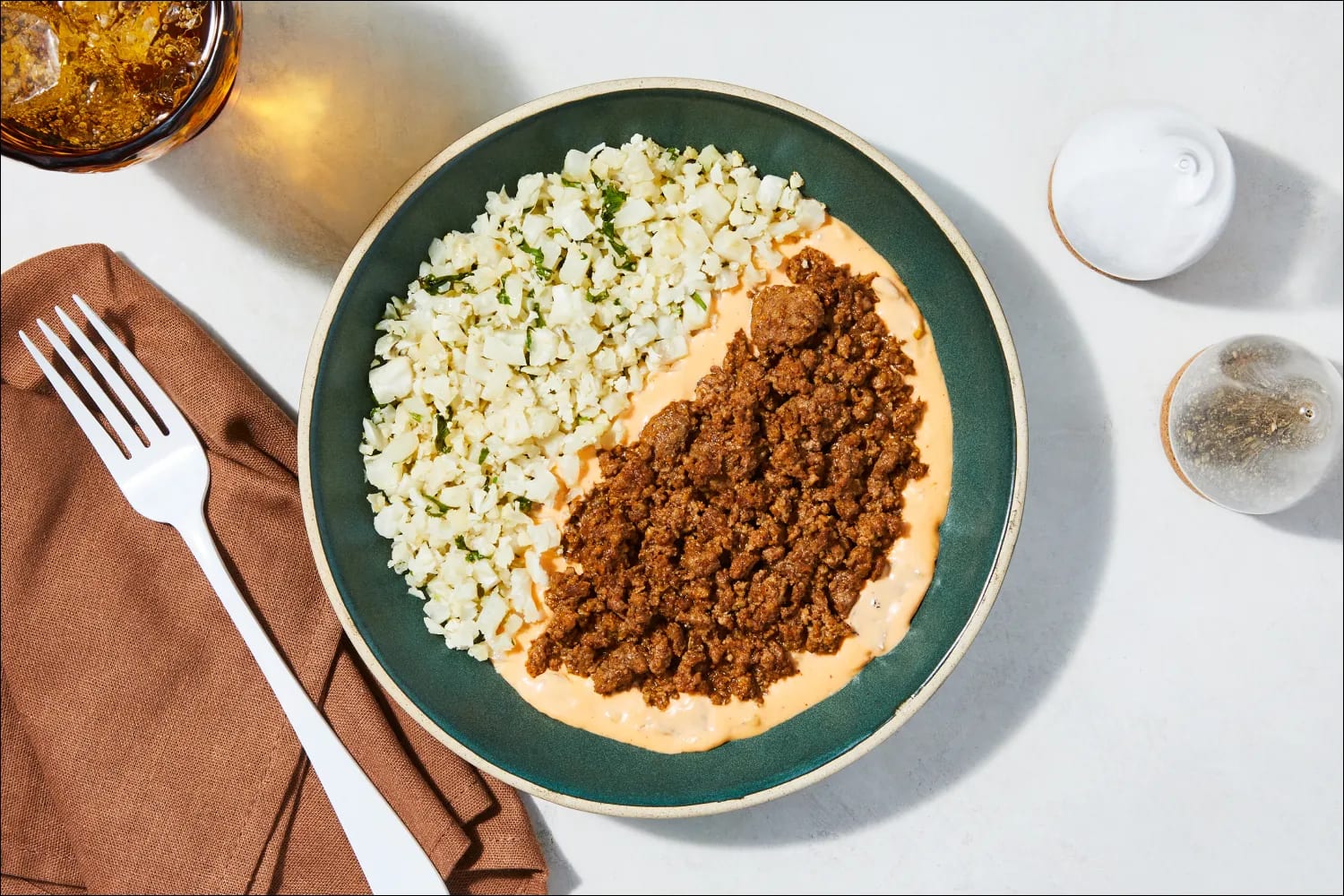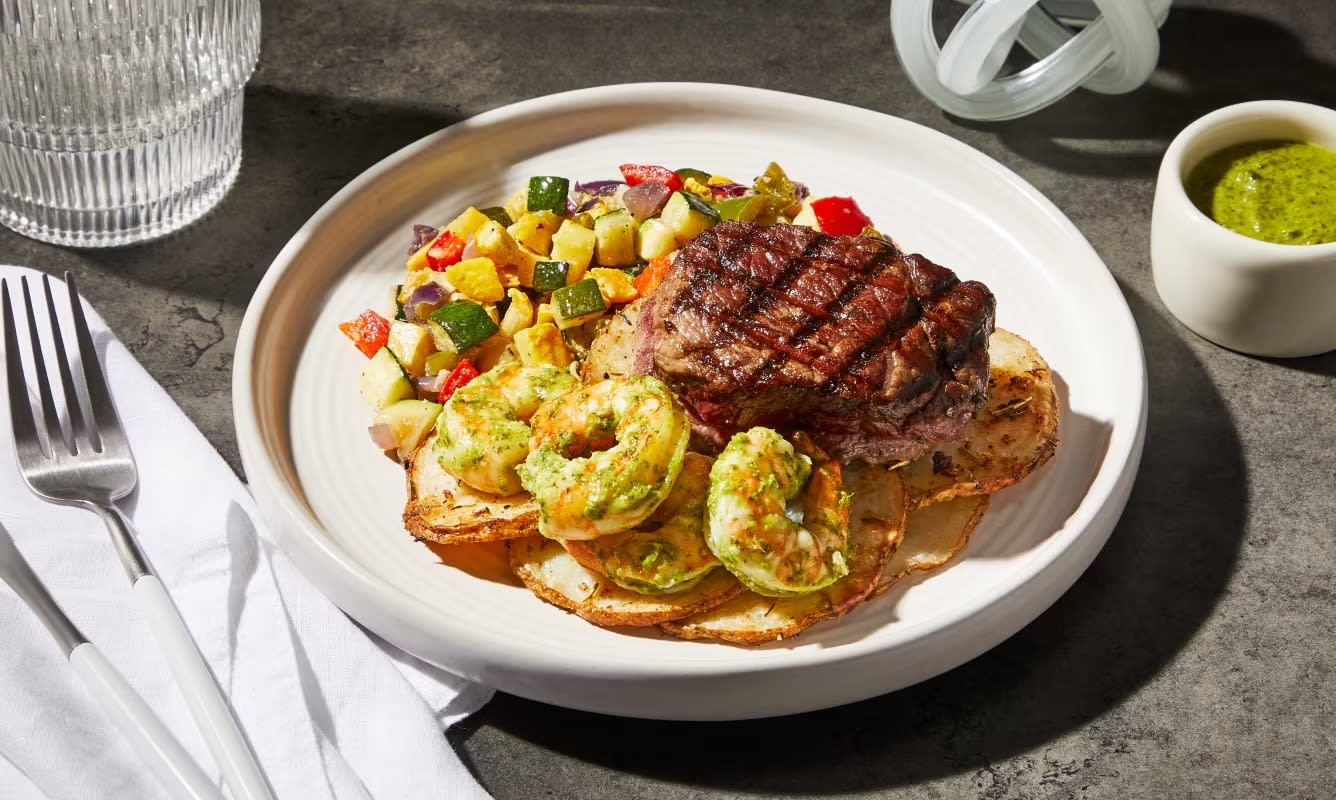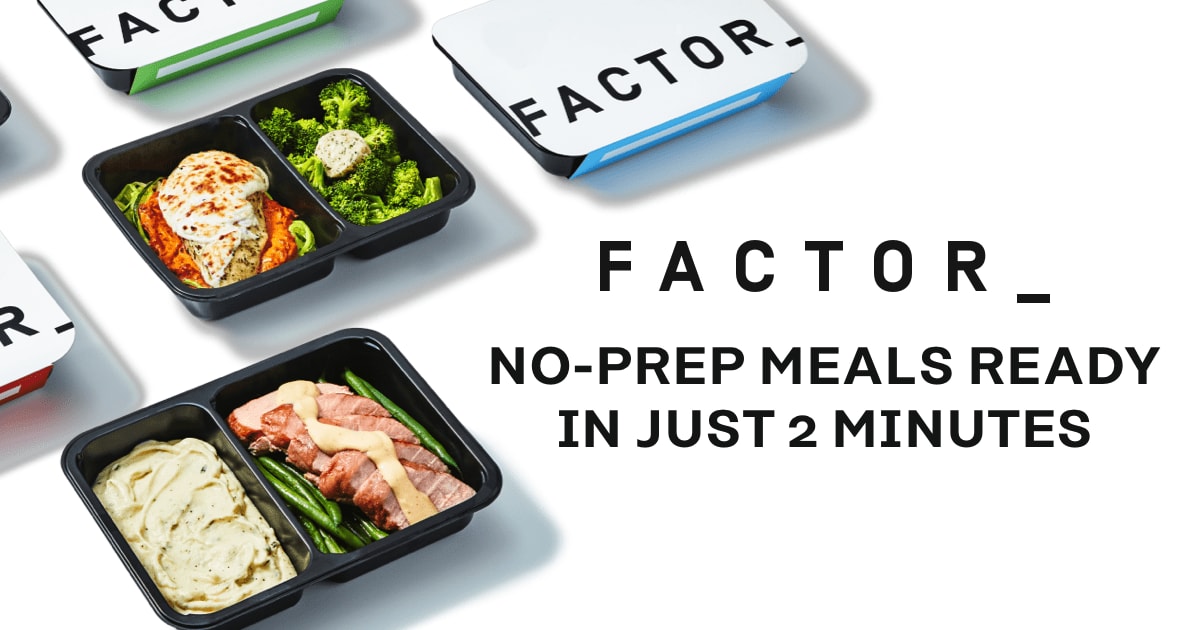Keto Diet Plan for Beginners
Keto Diet Plan for Beginners
You don’t have to be a fitness guru to have heard about the keto diet. It’s been one of the most consistently popular diets for the last few years, with millions of people swearing by it. If you’re considering jumping on the bandwagon and trying the keto diet, you’re in the right place. The keto diet is a little different from other diets you may have heard about (or tried). It’s more of a lifestyle change than a diet and requires a bit more effort than other diets.
Take a low-fat diet, for example. It’s as simple as eating less fat. Not too difficult, right? Well, keto is a bit more complex, and there is a lot that you should know before you get started. Here at Factor, we’re all about educating people and giving them the tools they need to take control of their health. That’s why we’ve created this comprehensive guide that tells you everything you need to know about the keto diet so you can go from beginner to expert in no time flat.

What Is the Keto Diet?
The ketogenic, or keto diet is a low-carb, high-fat eating plan that's steadily been gaining popularity for its potential to promote weight loss and improve overall health. It's a lifestyle change that requires a solid understanding and commitment.
At its core, the keto diet significantly reduces your carbohydrate intake and replaces it with fat. This reduction in carbs puts your body into a metabolic state known as ketosis.
When your body doesn't have enough glucose (blood sugar) from carbs to burn for energy, it starts burning stored fat instead. This process produces molecules called ketones, which the body can use for fuel instead.
This shift from using glucose to fat as your body's primary fuel source is what we call ketosis. Think of it like the human equivalent of switching to solar power instead of using electricity.

On a keto diet, nearly three-quarters are filled with foods high in healthy fats like avocados, olive oil, fatty fish, nuts, and seeds. The next largest amount would be high-quality proteins like free-range eggs or grass-fed meats. The smallest sliver would be your carbs, and even then, we're talking about low-carb options like leafy greens and berries, not bread or pasta.
This high-fat, moderate-protein, and low-carb breakdown forces your body into ketosis, helping you burn fat more efficiently.

Why Choose a Keto Diet?
There are a ton of diets out there. So, why are so many people choosing the keto diet over the other options?Firstly, the keto diet was originally developed as a treatment for epilepsy. In the 1920s, doctors found that fasting reduced seizures in patients with epilepsy. Since a ketogenic diet mimics the effects of fasting by burning fat for fuel, it became a valuable tool for managing the disorder. Due to its low-carb nature, the keto diet helps you shed water weight fast. But there's more to it than that. This diet also helps you lose body fat. When your body burns fat for fuel, it can lead to weight loss.
You might wonder how you'll have any energy without carbs. When your body is in a state of ketosis, it produces these little powerhouses that provide a steady and sustainable energy source. Many people on the keto diet report feeling more energetic and focused.
While eating a high-fat diet to improve cholesterol may seem counterintuitive, the types of fats in a keto diet matter. Consuming healthy fats can help support your "good" HDL cholesterol levels. Additionally, losing weight and reducing sugar intake on a keto diet can support healthy blood pressure levels.
How Do I Start a Keto Diet?
How Does the First Week Feel?
The first step is planning and preparation. Transitioning to a ketogenic diet is a significant change for your body. You're not just swapping out a few meals but shifting your body's primary fuel source from glucose to ketones.
So, what can you expect during the first week? Some people experience a decrease in energy levels, a change in bowel habits, and perhaps a slight dip in mood. But these are temporary. Your body is simply adjusting to its new fuel source. This brings us to the infamous "keto flu."Don't let the name scare you. It's just a catchy term for the temporary symptoms some people experience when they start a keto diet: fatigue, headaches, nausea, and irritability.
The good news? It's manageable. Staying hydrated, replenishing electrolytes, and eating enough healthy fats and calories can help ease these symptoms. And remember, this is temporary. Once your body adapts to ketosis, you'll likely feel more energetic and focused than before.
Can I Eat Carbs on Keto?
Total carbs are the complete amount of carbs in a food. On the other hand, net carbs are the carbs that your body can digest and use for energy total carbs minus fiber and sugar alcohols. To stay in ketosis, you'll want to focus on net carbs, aiming to stay under 20-50 grams per day.Does Keto Have Side Effects?
And remember, side effects like constipation or bad breath are temporary and manageable. Drink plenty of water, keep up with those electrolytes, and remember why you started this journey in the first place.Lastly, we can't stress enough the importance of consulting a nutritionist, dietitian, or healthcare professional before starting a keto diet. They can provide personalized advice based on your health history and goals. The keto diet is generally safe, but there are plenty of risks associated with it that you’ll need to know about before you get started. Plus, they can help you navigate any bumps along the road, so it’s well worth the time and money.
What Does a Keto Meal Plan Look Like?
Start your morning with a keto breakfast. How about an omelet featuring bell peppers, onions, and mushrooms made with olive oil or a couple of hard-boiled eggs with a side of crispy bacon and a dollop of sour cream?
Mid-morning munchies? Reach for keto snacks like adding some nuts to Greek yogurt or pairing some raspberries and cream cheese. For a delicious keto dinner, feast on a juicy steak with a side of roasted Brussels sprouts cooked in coconut oil or grilled chicken atop a zucchini noodle salad tossed in avocado oil and topped with parmesan.
Each week, your grocery list will be loaded with high-quality keto foods, including meats, dairy products, nuts, seeds, legumes, low-carb fruits, and a rainbow of veggies.
Are you in need of some substitutes for your favorite non-keto-friendly foods? We've got you covered. Swap starchy vegetables for low-carb options like cauliflower. Use olive oil or avocado oil in place of vegetable oils. Sweet tooth? Opt for natural sweeteners like stevia or monk fruit instead of sugar. And salad dressings? Make your own with olive oil, vinegar, and a dash of sea salt.

How Can Factor Help with Your Keto Diet?
Let's be honest: starting a new diet can feel like you're about to climb a mountain. You're excited about the view at the top (hello, health benefits!), but the path to get there looks steep. That's why Factor is here to be your trusty guide on your keto journey. First, we have a dedicated keto meal plan crafted specifically for beginners. Think of it as your roadmap to success.Each meal is expertly designed with the right balance of macronutrients, so you don't have to stress calculating your macros. We've done the math so you can focus on enjoying your food. One of the trickiest parts of a keto diet is managing your carb intake. We've got that covered, too. Our meals are designed to keep your net carbs low, which means you can stay in ketosis without the hassle of tracking every bite you eat.
At Factor, we're all about real, fresh, whole foods. You won't find any supplements or artificial nonsense in our meals. Instead, you'll discover mouthwatering dishes packed with high-quality proteins, healthy fats, and low-carb veggies.